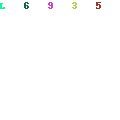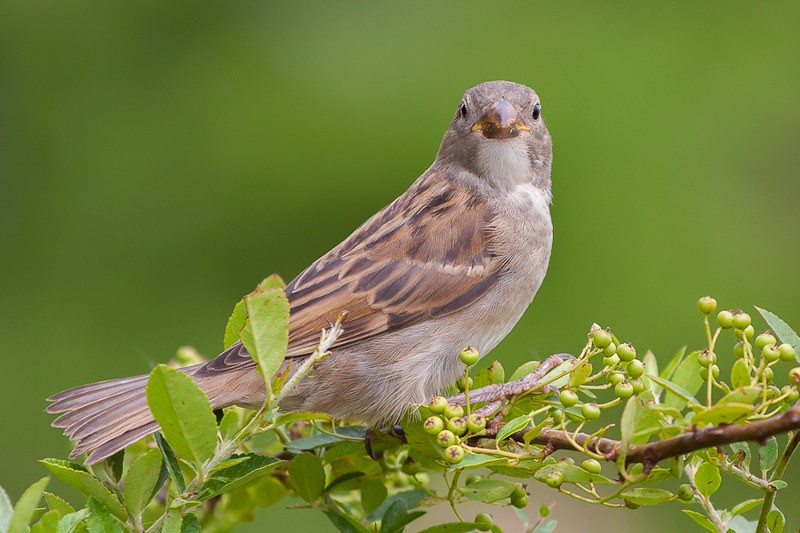Maybe I could even get rid of my stock 18-55 and replace with something that does the whole range?
You won't find anything like that that goes longer than 300mm...but really, you wouldn't want it.
The larger the range of a lens, the more compromise the designers will have to make to keep it small and affordable. In other words, the image quality will suffer for the sake of convenience. I personally like to sick to lenses that are 3X max. So 24-70mm, 17-40mm, 70-200mm, 100-400mm etc.
The problem is is that I don't usually sit around waiting for birds to turn up,
I'm more of a walk around and if I see something, try to take pictures kind of photographer. Maybe that's too casual for birds but unfortunately with a 300mm the closest I can get are shots like these (the birds were only 10m away). At full zoom, it's too soft, and slightly back maybe 250mm, there is no detail. The quality is nowhere near that of the pictures shown in the above posts
Then you may need to really seriously evaluate whether you want to truly get into bird photography. You *can* get good, even great, shots of birds that way--sometimes. But it will take more than just a longer focal length to get the consistent closer shots you seem to be after.
Honestly, if you aren't interested in spending a good bit of time learning to "hunt" the birds, learning how to hide yourself from them, and yes, waiting for them to come to you--then in my opinion, you'd be better served by just keeping the 300mm length and giving more consideration to WHERE you go to shoot birds. Some places are just more conducive to getting close--parks with duck ponds, for instance. Where I live, there's a popular spot by the river that I can walk to during my lunch break--I don't have time to "stalk", nor can I just wear my camo gear to work so I'll be prepared (though believe me, I've considered it...).
I've still managed to get some pretty decent shots, at 300mm; here's a few of them.

This one, I actually had to zoom out a little, to 260mm:


This one was taken by sitting at an open window, near one of my bird feeders. It's only at 210mm:

I've just upgraded to a 150-500, but it really IS more about technique than anything else. If your technique (including places you choose to shoot) is solid, then a longer length may help, but if you're just walking out hoping for the spectacular shot to land in your lap, you need luck a lot more than focal length.
































![[No title]](/data/xfmg/thumbnail/41/41765-153b10bab62ae8adbcc4d984fd08ed74.jpg?1734176069)